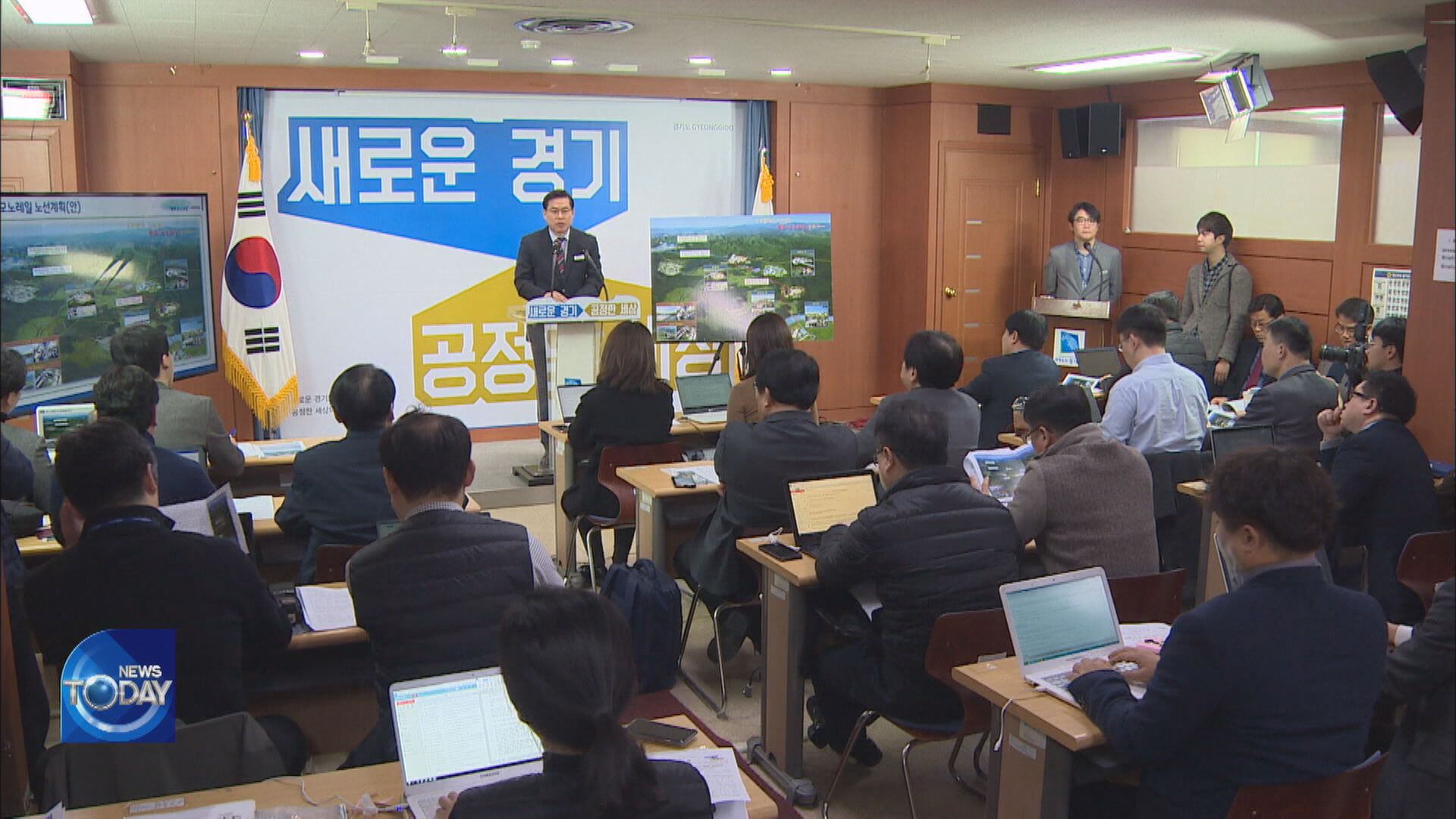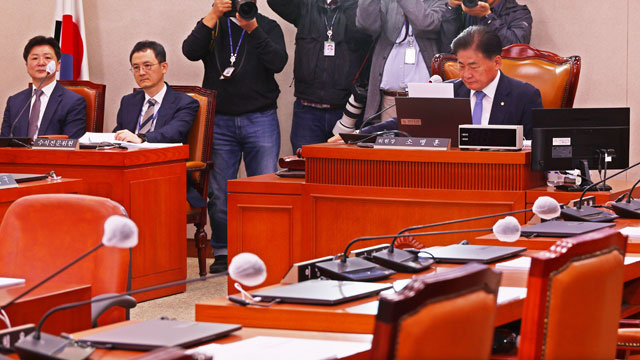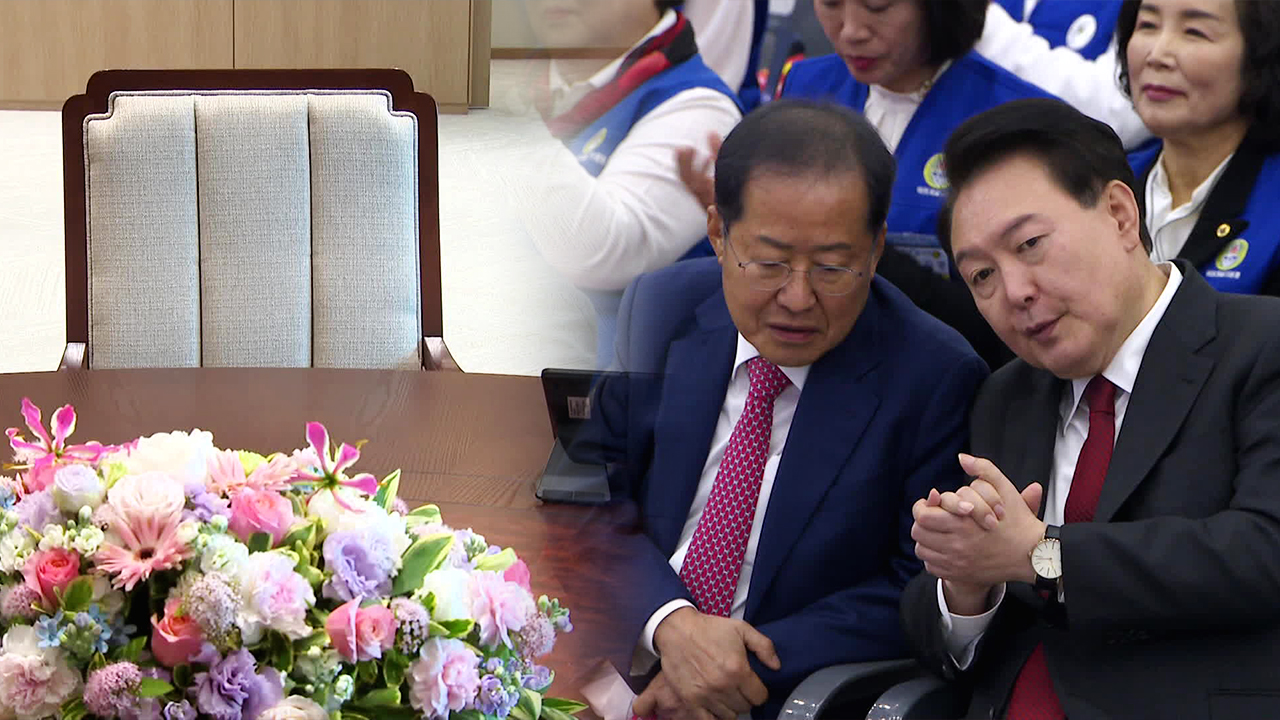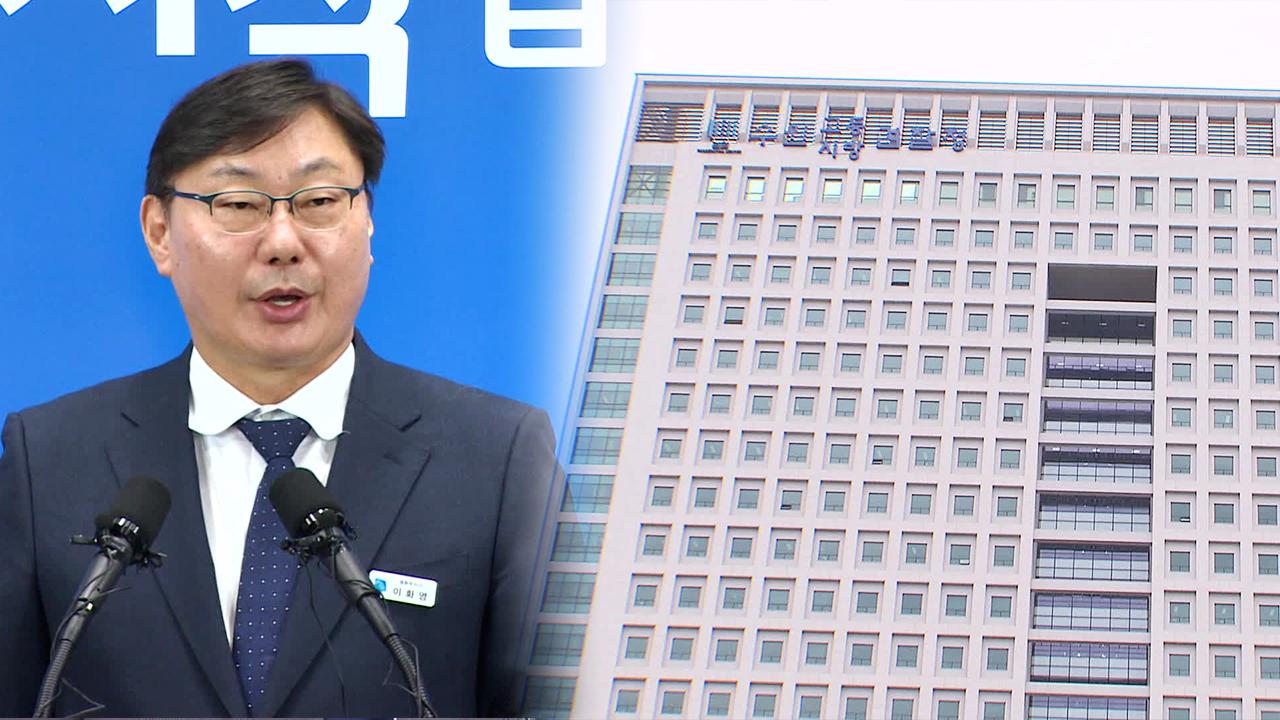PARTIAL SUCCESS OF “NURI” LAUNCH
입력 2021.10.22 (15:20)
수정 2021.10.22 (16:56)
읽어주기 기능은 크롬기반의
브라우저에서만 사용하실 수 있습니다.
[Anchor Lead]
South Korea's first locally-developed space launch vehicle Nuri blasted off on Thursday. The flight was a success but the rocket failed to complete the final stage goal of putting a dummy satellite into orbit. Following the overall partial success, Nuri will undergo several more launches to enhance its performance.
[Pkg]
[Soundbite] "4, 3, 2, 1, Ignition."
With a thundering roar and a burning blaze... Nuri finally blasts off into space. In a blinding glare, the space launch vehicle soars through the sky. Citizens viewing the spectacle applaud and cheer. Tense moments continued until takeoff. There were concerns of a delay at one point due to strong winds. Last minute facility inspection caused by an abnormal detection also postponed the launch by an hour. The blastoff and the flight were successful. The first stage rocket ejected two minutes after takeoff at an altitude of 59 kilometers. Two minutes later, the fairing which covers the dummy satellite and the second stage engine also successfully separated, immediately followed by the ignition of the third-stage engine. At 5:15 pm, reaching 700 kilometers in altitude, the dummy satellite also separated from the rocket. All the sequences up to that point, progressed smoothly, spurring expectations of a successful outcome. Then, half an hour passed, time needed for data analysis, and then came the regretful news. The space launch vehicle failed to put the satellite into orbit.
[Soundbite] Moon Jae-in(President) : "Placing a dummy satellite into orbit remains an uncompleted task. Still, Nuri's flight exceeding an altitude of 700 kilometers is a tremendous achievement that brings the country one step closer to space exploration."
Nuri now has its next goal: Putting a 1.5 ton working satellite on the Earth’s low orbit 600 to 800 kilometers above the ground. The test bed for that goal is the second attempt scheduled in May. That test will serve to obtain movement data on ignition, flight and separations to verify various performance aspects. Following technical inspections achieved through the first two launches... Four more blasts are scheduled in December next year, then in 2024, 2026 and 2027. Eventually, the government aims to have the space launch vehicle carry a lunar probe to space in 2030. The latest achievement marks the first step toward ushering in a space era.
South Korea's first locally-developed space launch vehicle Nuri blasted off on Thursday. The flight was a success but the rocket failed to complete the final stage goal of putting a dummy satellite into orbit. Following the overall partial success, Nuri will undergo several more launches to enhance its performance.
[Pkg]
[Soundbite] "4, 3, 2, 1, Ignition."
With a thundering roar and a burning blaze... Nuri finally blasts off into space. In a blinding glare, the space launch vehicle soars through the sky. Citizens viewing the spectacle applaud and cheer. Tense moments continued until takeoff. There were concerns of a delay at one point due to strong winds. Last minute facility inspection caused by an abnormal detection also postponed the launch by an hour. The blastoff and the flight were successful. The first stage rocket ejected two minutes after takeoff at an altitude of 59 kilometers. Two minutes later, the fairing which covers the dummy satellite and the second stage engine also successfully separated, immediately followed by the ignition of the third-stage engine. At 5:15 pm, reaching 700 kilometers in altitude, the dummy satellite also separated from the rocket. All the sequences up to that point, progressed smoothly, spurring expectations of a successful outcome. Then, half an hour passed, time needed for data analysis, and then came the regretful news. The space launch vehicle failed to put the satellite into orbit.
[Soundbite] Moon Jae-in(President) : "Placing a dummy satellite into orbit remains an uncompleted task. Still, Nuri's flight exceeding an altitude of 700 kilometers is a tremendous achievement that brings the country one step closer to space exploration."
Nuri now has its next goal: Putting a 1.5 ton working satellite on the Earth’s low orbit 600 to 800 kilometers above the ground. The test bed for that goal is the second attempt scheduled in May. That test will serve to obtain movement data on ignition, flight and separations to verify various performance aspects. Following technical inspections achieved through the first two launches... Four more blasts are scheduled in December next year, then in 2024, 2026 and 2027. Eventually, the government aims to have the space launch vehicle carry a lunar probe to space in 2030. The latest achievement marks the first step toward ushering in a space era.
■ 제보하기
▷ 카카오톡 : 'KBS제보' 검색, 채널 추가
▷ 전화 : 02-781-1234, 4444
▷ 이메일 : kbs1234@kbs.co.kr
▷ 유튜브, 네이버, 카카오에서도 KBS뉴스를 구독해주세요!
- PARTIAL SUCCESS OF “NURI” LAUNCH
-
- 입력 2021-10-22 15:20:49
- 수정2021-10-22 16:56:56

[Anchor Lead]
South Korea's first locally-developed space launch vehicle Nuri blasted off on Thursday. The flight was a success but the rocket failed to complete the final stage goal of putting a dummy satellite into orbit. Following the overall partial success, Nuri will undergo several more launches to enhance its performance.
[Pkg]
[Soundbite] "4, 3, 2, 1, Ignition."
With a thundering roar and a burning blaze... Nuri finally blasts off into space. In a blinding glare, the space launch vehicle soars through the sky. Citizens viewing the spectacle applaud and cheer. Tense moments continued until takeoff. There were concerns of a delay at one point due to strong winds. Last minute facility inspection caused by an abnormal detection also postponed the launch by an hour. The blastoff and the flight were successful. The first stage rocket ejected two minutes after takeoff at an altitude of 59 kilometers. Two minutes later, the fairing which covers the dummy satellite and the second stage engine also successfully separated, immediately followed by the ignition of the third-stage engine. At 5:15 pm, reaching 700 kilometers in altitude, the dummy satellite also separated from the rocket. All the sequences up to that point, progressed smoothly, spurring expectations of a successful outcome. Then, half an hour passed, time needed for data analysis, and then came the regretful news. The space launch vehicle failed to put the satellite into orbit.
[Soundbite] Moon Jae-in(President) : "Placing a dummy satellite into orbit remains an uncompleted task. Still, Nuri's flight exceeding an altitude of 700 kilometers is a tremendous achievement that brings the country one step closer to space exploration."
Nuri now has its next goal: Putting a 1.5 ton working satellite on the Earth’s low orbit 600 to 800 kilometers above the ground. The test bed for that goal is the second attempt scheduled in May. That test will serve to obtain movement data on ignition, flight and separations to verify various performance aspects. Following technical inspections achieved through the first two launches... Four more blasts are scheduled in December next year, then in 2024, 2026 and 2027. Eventually, the government aims to have the space launch vehicle carry a lunar probe to space in 2030. The latest achievement marks the first step toward ushering in a space era.
South Korea's first locally-developed space launch vehicle Nuri blasted off on Thursday. The flight was a success but the rocket failed to complete the final stage goal of putting a dummy satellite into orbit. Following the overall partial success, Nuri will undergo several more launches to enhance its performance.
[Pkg]
[Soundbite] "4, 3, 2, 1, Ignition."
With a thundering roar and a burning blaze... Nuri finally blasts off into space. In a blinding glare, the space launch vehicle soars through the sky. Citizens viewing the spectacle applaud and cheer. Tense moments continued until takeoff. There were concerns of a delay at one point due to strong winds. Last minute facility inspection caused by an abnormal detection also postponed the launch by an hour. The blastoff and the flight were successful. The first stage rocket ejected two minutes after takeoff at an altitude of 59 kilometers. Two minutes later, the fairing which covers the dummy satellite and the second stage engine also successfully separated, immediately followed by the ignition of the third-stage engine. At 5:15 pm, reaching 700 kilometers in altitude, the dummy satellite also separated from the rocket. All the sequences up to that point, progressed smoothly, spurring expectations of a successful outcome. Then, half an hour passed, time needed for data analysis, and then came the regretful news. The space launch vehicle failed to put the satellite into orbit.
[Soundbite] Moon Jae-in(President) : "Placing a dummy satellite into orbit remains an uncompleted task. Still, Nuri's flight exceeding an altitude of 700 kilometers is a tremendous achievement that brings the country one step closer to space exploration."
Nuri now has its next goal: Putting a 1.5 ton working satellite on the Earth’s low orbit 600 to 800 kilometers above the ground. The test bed for that goal is the second attempt scheduled in May. That test will serve to obtain movement data on ignition, flight and separations to verify various performance aspects. Following technical inspections achieved through the first two launches... Four more blasts are scheduled in December next year, then in 2024, 2026 and 2027. Eventually, the government aims to have the space launch vehicle carry a lunar probe to space in 2030. The latest achievement marks the first step toward ushering in a space era.
이 기사가 좋으셨다면
-
좋아요
0
-
응원해요
0
-
후속 원해요
0










![[HEADLINE]](https://news.kbs.co.kr/data/news/title_image/newsmp4/news_today/2021/10/22/10_5307240.jpeg)



![[단독] ‘대통령 진료’ 서울지구병원 용산으로 이전 검토](/data/layer/904/2024/04/20240418_lEdRai.jpg)


이 기사에 대한 의견을 남겨주세요.